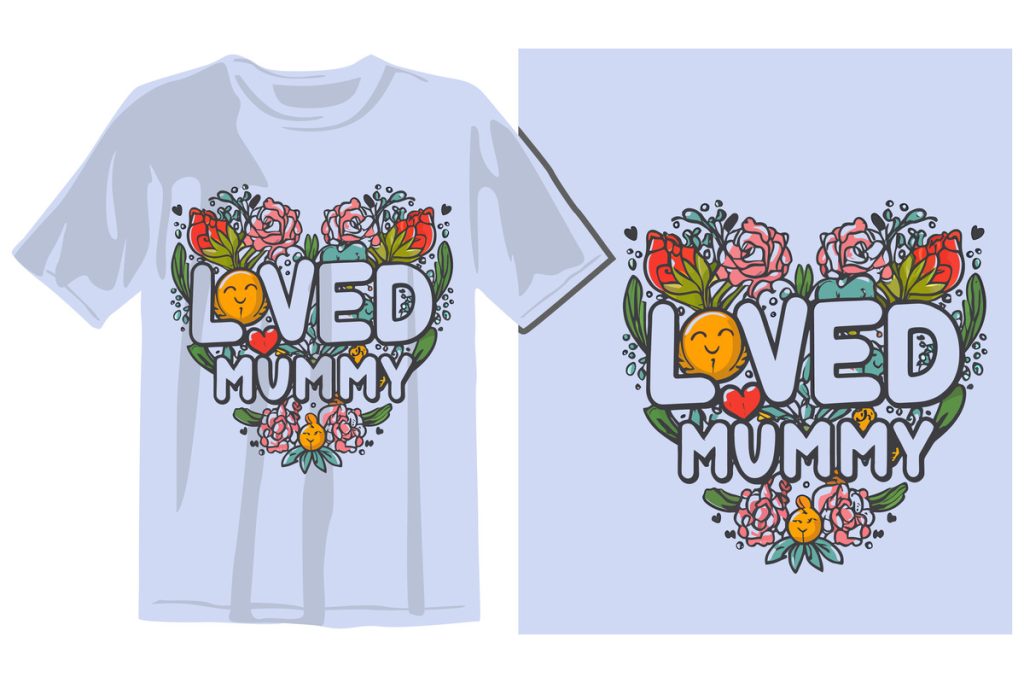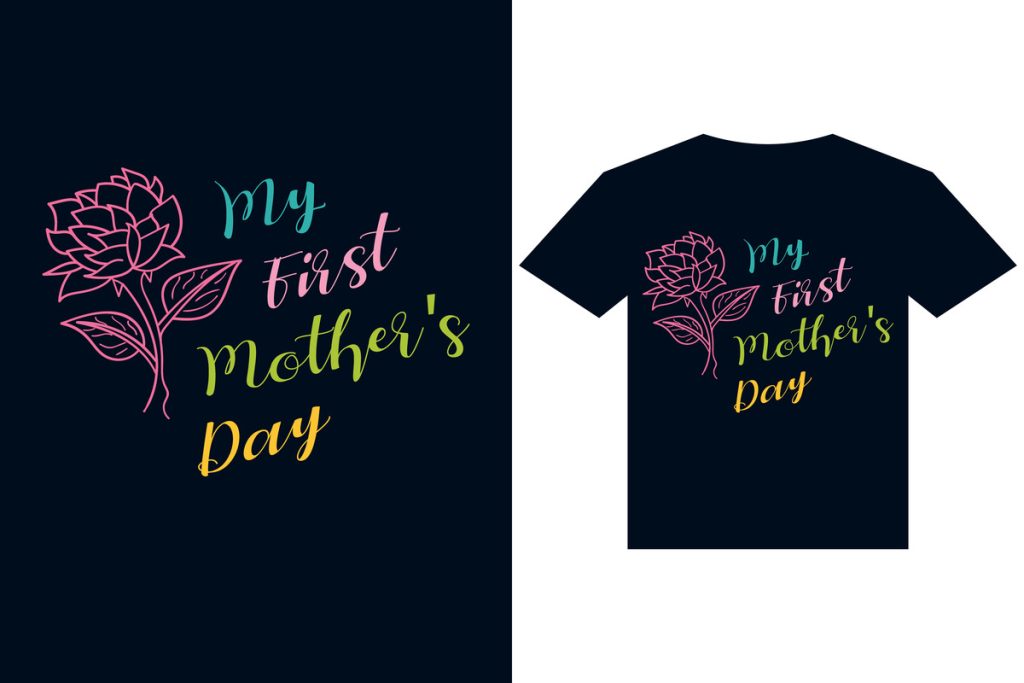DTF transfers, short for Direct to Film transfers, represent a groundbreaking advancement in the realm of custom printing, enabling creators to produce vibrant and durable images on various fabrics with ease. This innovative process combines cutting-edge DTF printing technology with strategically applied heat and pressure, resulting in professional-quality prints that stand the test of time. In this guide, we will explore essential DTF transfer tips and provide insights into mastering the DTF printing process for optimal results. With a focus on producing high-quality DTF prints, this introduction sets the stage for comprehensive instruction and practical advice tailored for both beginners and seasoned professionals alike. Get ready to dive into the exciting world of DTF transfers and unlock your printing potential today!
Recognized as a premier method in custom textile printing, Direct to Film (DTF) transfers offer an exceptional alternative to traditional techniques such as screen printing and Direct to Garment (DTG) printing. This versatile printing method uses specialized films to capture and transfer dazzling images onto fabrics, making it a preferred choice for many in the industry. As we explore the intricacies of this modern printing approach, the step-by-step details will equip you with the knowledge to create high-quality results that are both visually appealing and durable. By understanding the DTF process, including its unique requirements and techniques, you’ll gain valuable insights into achieving efficient and effective printing outcomes. Join us as we delve deeper into the art of DTF transfers!
The Basics of DTF Printing: A Comprehensive Overview
Direct to Film (DTF) printing revolutionizes the custom printing landscape, offering a blend of efficiency and vibrant results. At its core, DTF involves printing graphics onto a specialized film, which is then transferred to fabric using heat and pressure. This method is distinguished from traditional techniques such as Direct to Garment (DTG) by its versatility across different fabric types, allowing for intricate designs that maintain clarity and vibrancy, even on challenging materials. Therefore, understanding the conceptual framework of DTF is essential for anyone looking to thrive in this creative field.
Moreover, DTF printing is particularly lauded for its user-friendly approach. Unlike other methods, it doesn’t require extensive technical knowledge or expensive equipment. This accessibility has led to its growing popularity among small businesses and independent creators who wish to produce high-quality prints without hefty investments in machinery. The step-by-step process of preparing designs, printing on film, and applying to fabric ensures that even novices can achieve stunning results by following fundamental guidelines.
Key Steps in the DTF Transfer Process
Successfully executing DTF transfers involves a series of crucial steps that must be adhered to rigorously. Initially, ensuring your artwork is prepared for printing is paramount; this includes using high-resolution files and the correct color mode. The transition from a digital design to a tangible print hinges on the quality of the image used. A design created with precision not only enhances the overall aesthetic but also increases the durability of the print through the DTF process, thereby meeting professional standards.
Subsequently, the printing phase incorporates specialized DTF printers and ink compositions designed for optimal transfer results. Utilizing a dual-ink system, which includes a base layer of white ink for dark fabrics, ensures that colors are not only vivid but also remain intact over time. Attention to detail during printing and transfer will facilitate vivid, long-lasting outputs—a key characteristic of high-quality DTF transfers.
DTF Transfer Tips for Consistent Quality
To achieve consistently high-quality DTF prints, implementing strategic tips is vital. First, consider conducting test prints before scaling to larger production runs. This practice minimizes waste and allows you to tweak variables such as color, pressure, and transfer time based on initial outcomes. Such adjustments will refine your technique and enhance the quality of your end products, setting you apart in the competitive printing industry.
Additionally, the maintenance of your printer and the use of premium materials play crucial roles in the overall quality of your prints. Regular servicing of the printer prevents mechanical issues that might compromise print fidelity, while high-quality DTF films and inks ensure that the final product is vibrant and durable. Taking these steps will safeguard the longevity of your prints and help uphold your brand’s commitment to quality.
Exploring the Benefits of DTF Transfers in Custom Printing
DTF transfers present a myriad of advantages compared to traditional printing methods. One significant benefit is the ability to print on a wide range of textiles, including cotton, polyester, and blends, which opens up diverse opportunities for custom apparel production. The versatility of DTF technology allows for detailed designs that can be replicated across various items, catering to both small-scale orders and large commercial runs.
Moreover, DTF printing is known for its efficiency and speed. The ability to print directly onto film, followed by a quick heat application, drastically reduces turnaround times for orders compared to other printing methods. This efficiency is a game-changer for businesses seeking to improve productivity and meet tight deadlines without sacrificing quality, making DTF transfers a smart choice for modern printing needs.
Post-Printing Care: Maintaining Your DTF Transfers
The longevity of DTF prints is heavily influenced by how they are cared for post-printing. It is essential to provide clear washing instructions that emphasize the use of cold water and gentle detergents, which can effectively preserve the vibrancy of the colors. Avoiding harsh chemicals and high temperatures during washing will prolong the life of the print, ensuring that your designs continue to look fresh and professional even after multiple washes.
Additionally, proper curing after the transfer process is crucial. Adequate curing allows the inks to bond most effectively with the fabric, enhancing durability and resistance to fading or peeling. Following the recommended curing techniques not only improves the quality of the final product but also leaves a positive impression on clients, showcasing your commitment to excellence in craft.
Conclusion: Elevating Your Printing Game with DTF Technology
In conclusion, mastering DTF transfers requires a combination of proper preparation, technical execution, and post-print care. The DTF printing process opens up vast possibilities for creating high-quality prints that can satisfy a range of client demands. By adhering to the outlined steps and investing time in refining your technique, you not only enhance your capabilities as a printer but also ensure that your products stand out in the marketplace.
Continual learning and adaptation to new techniques and technologies within DTF printing will empower you to remain competitive. As you experiment and gather experience, each print job serves as a stepping stone towards mastering DTF transfers and producing work that resonates with clients, thus elevating your overall printing game.
Frequently Asked Questions
What are DTF transfers and how do they work?
DTF transfers, or Direct to Film transfers, utilize a unique process where designs are printed onto a special film, which is subsequently transferred onto fabric using heat and pressure. This process allows for vibrant and durable prints on various materials, making it a popular choice for custom apparel.
What materials do I need for the DTF printing process?
To perform DTF printing, you will need a DTF printer, high-quality DTF inks, special DTF films, a heat press, and graphic design software. These materials are essential for achieving professional-quality prints that are both vibrant and long-lasting.
Can I use regular inkjet printers for DTF printing?
No, traditional inkjet printers are not suitable for DTF printing. You must use a specialized DTF printer that can handle the specific inks and film used in the DTF printing process, ensuring the best quality results.
What are some tips for achieving high-quality DTF prints?
To achieve high-quality DTF prints, ensure your designs are high-resolution (300 DPI), use CMYK color mode, and conduct test prints for color accuracy and adjustments. Additionally, regular maintenance of your printer and using premium DTF inks and films will enhance print quality.
How do I care for garments with DTF transfers after printing?
To prolong the lifespan of garments with DTF transfers, wash them in cold water with gentle detergents. Avoid bleaching and opt for air drying when possible. Proper care helps maintain the vibrancy and integrity of your DTF prints.
What are the advantages of using DTF transfers over other printing methods?
DTF transfers offer several advantages, including the ability to print on a wider range of fabrics, better color vibrancy due to dual-ink usage, and a user-friendly process that allows for intricate designs without the need for extensive setup, unlike traditional methods like screen printing.
| Step | Description |
|---|---|
| 1. Understanding DTF Transfers | Learn how DTF printing allows for durable images on various fabrics. |
| 2. Design Preparation | Use high-resolution images (300 DPI) and save in PNG format. |
| 3. Printing Process | Employ specialized DTF printers with quality inks for vibrant prints. |
| 4. Quality Control Tips | Avoid using JPEG for designs; conduct small test prints. |
| 5. Final Touches | Follow proper washing instructions and curing methods. |
Summary
DTF transfers are a revolutionary method in custom printing that guarantees professional-quality prints on a wide variety of fabrics. By mastering the critical steps such as understanding DTF technology, preparing your designs meticulously, employing the right printing processes, ensuring quality control, and adhering to proper care instructions, you can achieve remarkable results. This guide highlights the importance of high-resolution imagery, suitable color modes, and appropriate printer maintenance, all integral to producing enduring and vibrant designs. Embracing these techniques will not only enhance your skills but also impress your clientele, forging a path for successful ventures in the world of custom printing.



